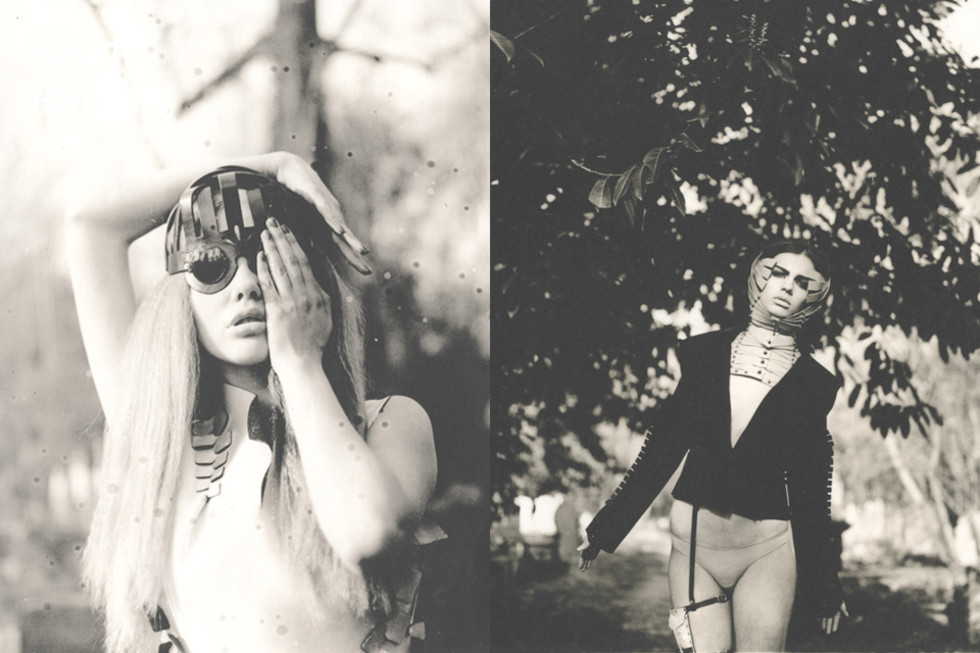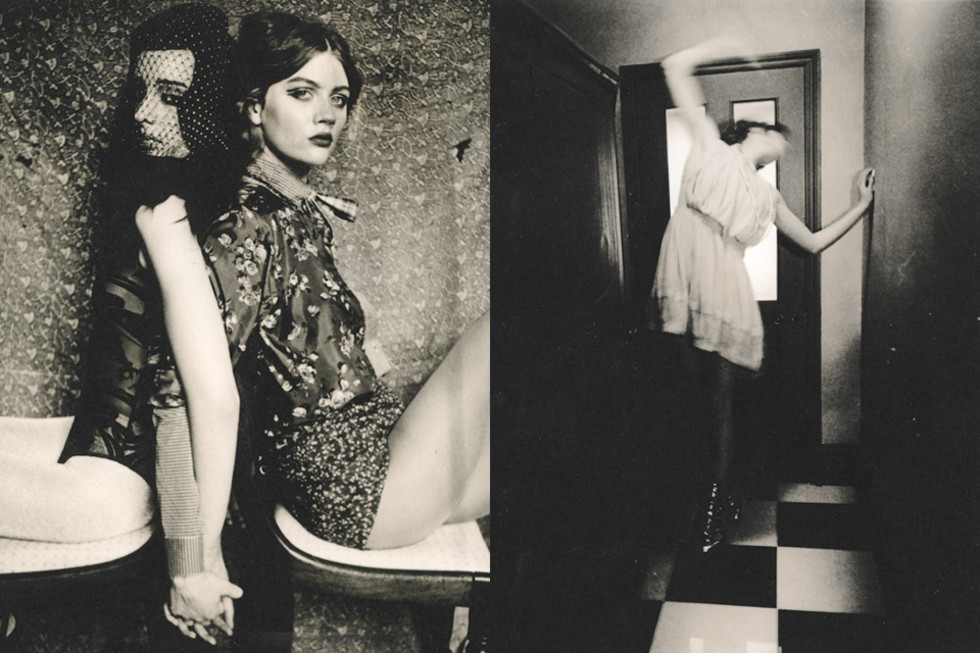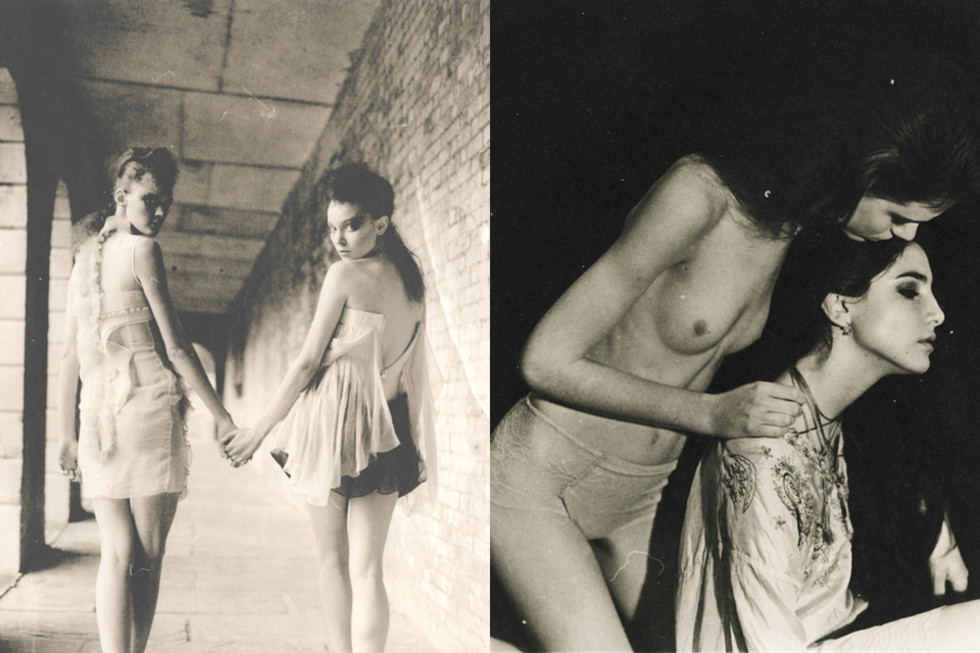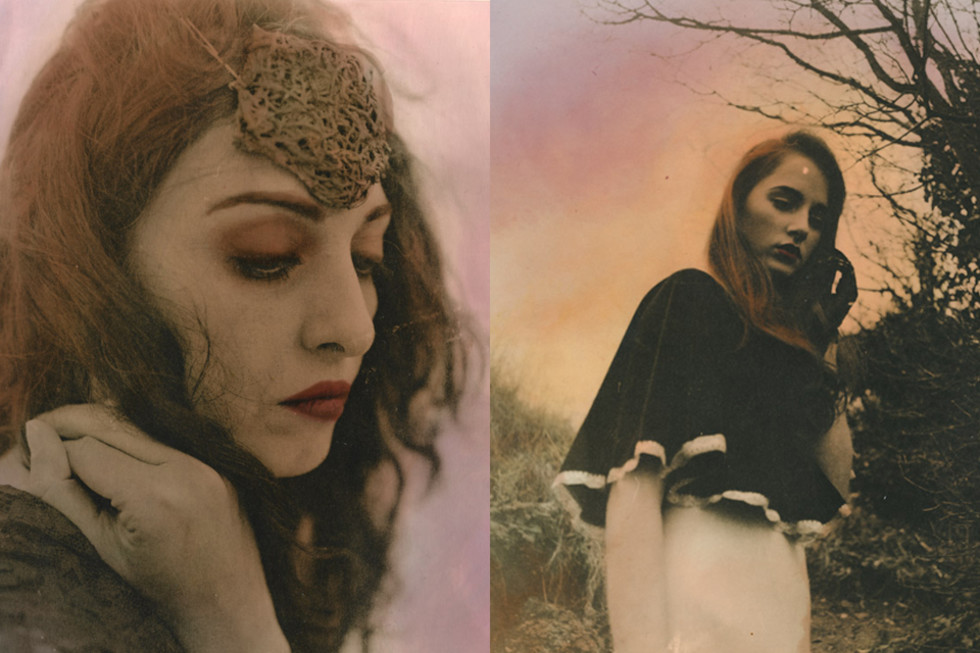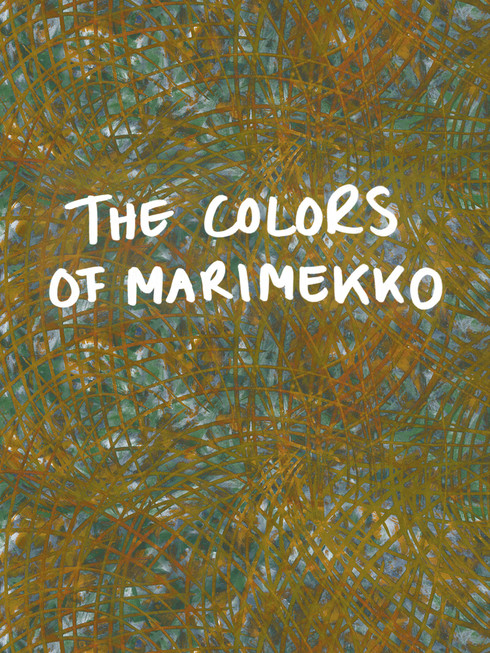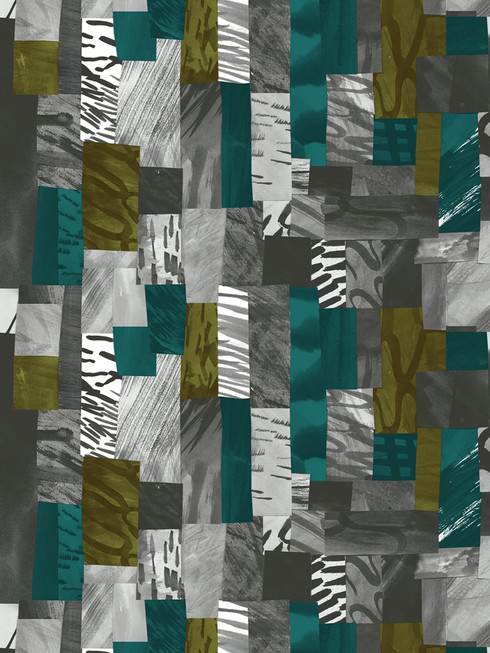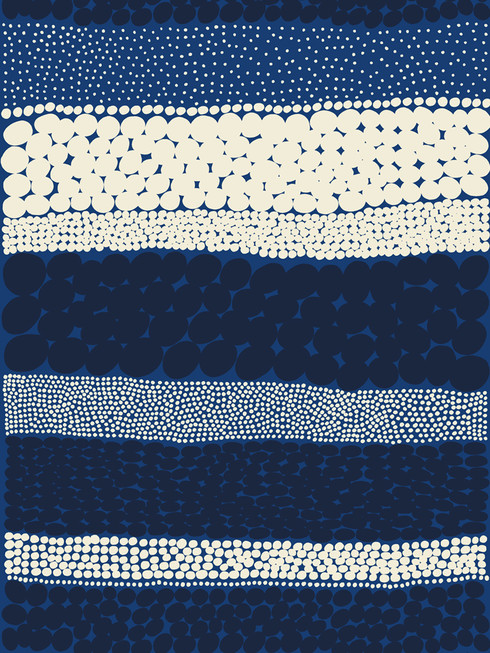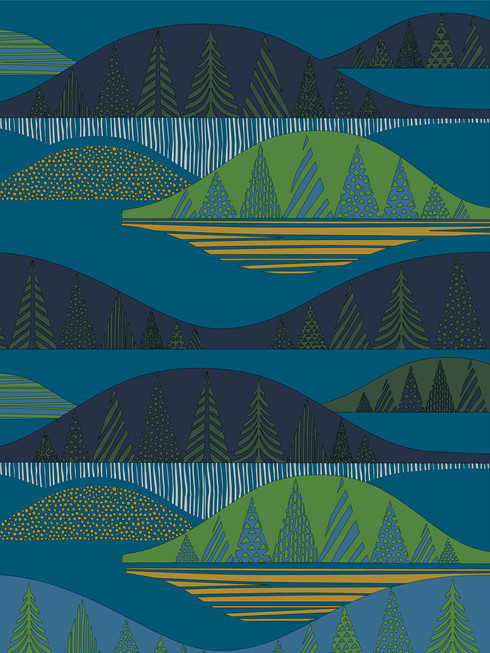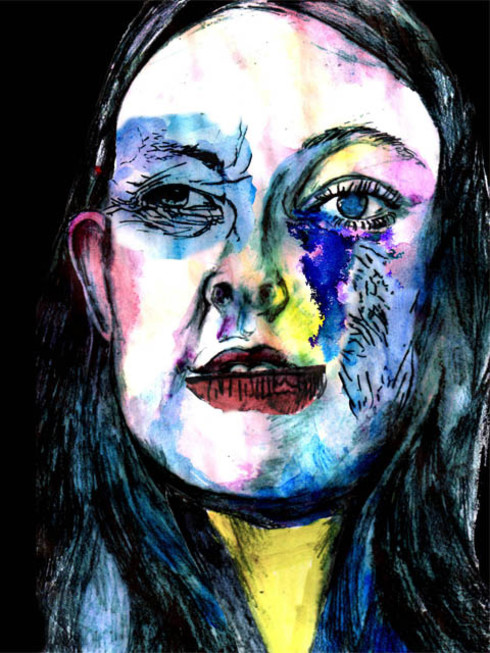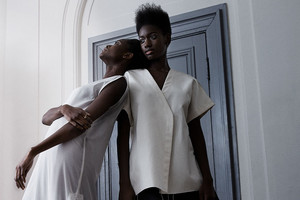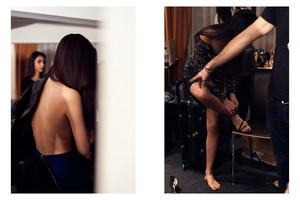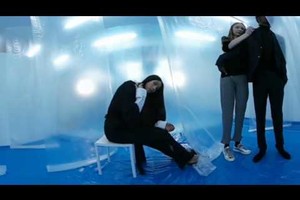Ellen Rogers interview
Written by David Barrie by Sandra MyhrbergEllen Rogers is a fashion photographer who creates and inhabits a highly distinct universe. Full of temptresses, dark landscapes, ancient scratched, almost mythic surfaces, her work has been published in the pages of Dazed & Confused, i-D, Tank and Vice magazines and she has worked for many fashion clients, including Charlotte Olympia and Piers Atkinson.
Via email, on a computer somewhere in a darkened house, rain-soaked landscape or photographic shoot – who knows? – Ellen agreed to be interviewed by David Barrie, a documentary producer and director who’s made films on art, design and fashion.
D: What’s the first word or idea that first comes in to your head when you hear the following words: Theatre. Tree. Sleep. Erotic. Simon Cowell?
E: Theatre: Red velvet. Tree: Black branches. Sleep: White curtains. Erotic: Cream. Simon Cowell: Some sort of putrid Yellow-Green
D: What do you think of mobile phone apps that allow people to generate stylised, square format digital images of everyday life?
E: Hehe. I don’t actually have one, but I think they are harmless fun. They certainly look better than the normal photos the iPhone takes.
D: You’ve just published a book called ‘Aberrant Necropolis’. Burial grounds are usually places of reverence and convention. When was the last time that you visited a cemetery and what did you notice?
E: That is an interesting question because I was last in a cemetery in Norwich. I was there contemplating with my family whether or not to give my mother a place there. I said to my mother that I always wanted her with me, always at home. My family however like to know there is a place to visit and talk to her as it can be hard to talk to a box in someone’s house.
I feel selfish in my constant decline but I can’t help think that having her outside in the cold with thousands of other dead souls is not what I want for her. Regardless of how attracted to them I am aesthetically.
D: You’ve said in the past that you’re “obsessed” with ‘the supernatural’ and ‘the occult’. How do you know that you’re “obsessed”?
E: The Occult means ‘secret’ and this is the drive behind my every move and integrity. I am infatuated by the idea of dissecting fear, beauty, love and abject disgust to see how they work, what their mechanics are, how I can use them to my advantage, my art.
The ‘supernatural’ and the ‘occult’ hold intrigue, deep routed mystery and a constant question. This is too what I strive for. Maybe I want a very real separation from answers, an untouchable and reverential secret. Few things mean more in my house than a drive for mysticism.
D: Do you think that we live in a time when we want to be immersed in something that’s not real?
E: It’s a horrific time. Banks are a very real danger and are taking over or lives. We are all seeming to fall into debt and it isn’t likely to get better soon. Yet in the midst of this black fog over the world’s nations, comedy sales on DVD are at an all time high. Computer games are bigger than ever and we all want escape. This is natural. But as the majority of us close our eyes and dream-of-never-land, the wolves outside our homes are howling. They are here.
D: Often you work with a model called Hana. Who is Hana and what is it about her that makes you return to her as a subject?
E: Hana is a twenty year old student from Norfolk. I love her dearly and she is my muse. I find her to be all the things that I am not. She is the antithesis of my being and I am so attracted to that. She has also seen so much in her life. She is intelligent yet in lifestyle we are polar opposites - and great friends. Every time I wish I could explain something about myself, I will use Hana. She is the vessel through which I tell my personal story.
D: What are some of the particular feelings, experiences, spaces or objects that you find yourself returning to in the notes and journals that you keep?
E: I have for a time been writing together many characters. I am not sure how often I have spoken this aloud but all the men and women in my photographs belong to my ongoing world, and play a part in the larger story. Sometimes I will do the odd shoot to fill in the blanks of my story and most often I will cross reference my story with my journals. I am now working on a new set of images where I battle political slights and I will try and address many points that disgruntle me. The first in this series was ‘The leaf room’ - where I explain about the dangers of testing on humans.
D: Is there a particular aspect of fashion or the work of designers that you’d describe as art?
E: Most certainly. Their artistic practice is much the same as mine, or any other persons who call themselves an artist. They are in essence writing a concept and staying faithful to an execution. Many designers of fashion are, to me, true artists: and I would never discredit an artist on account of their medium.


